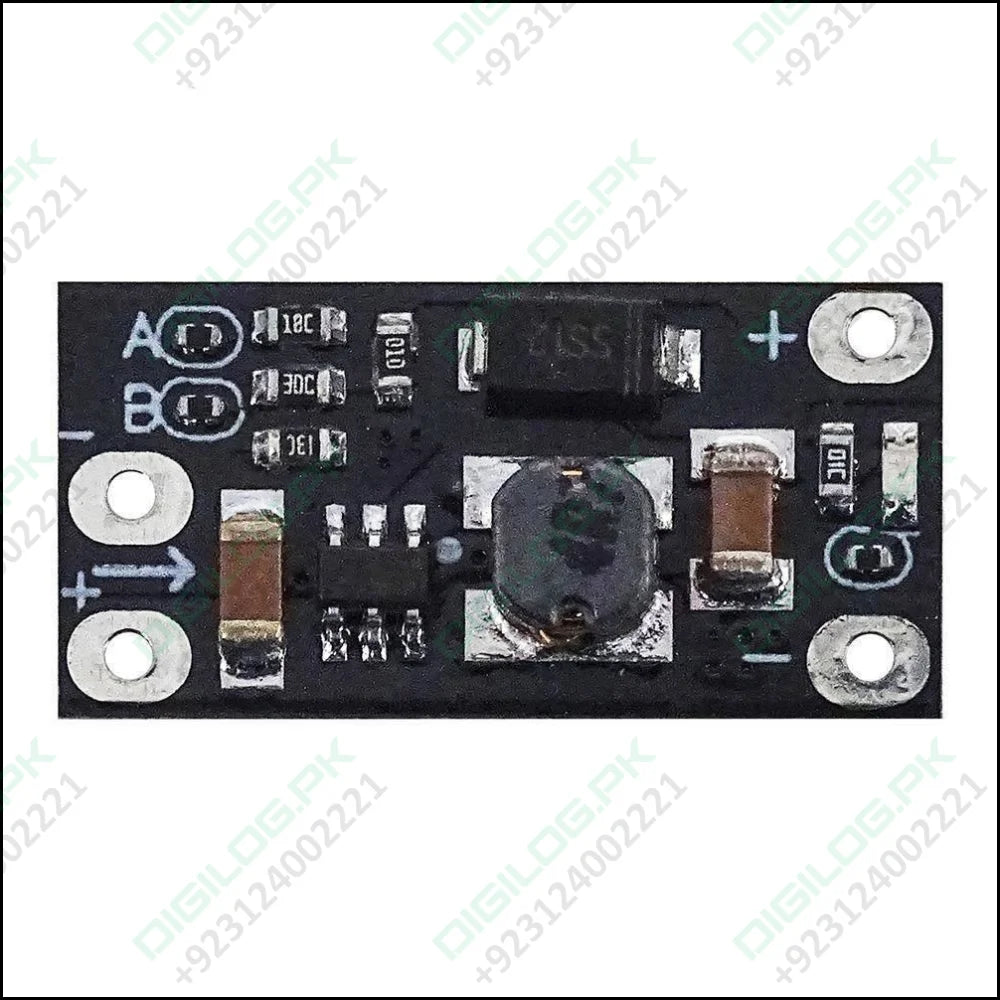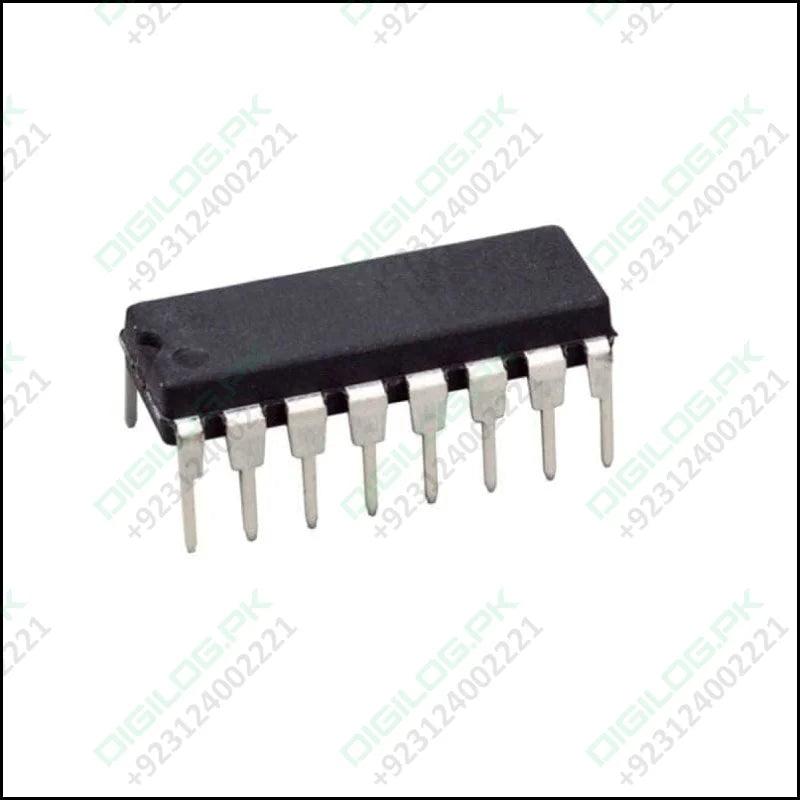Subtotal: ₨110
Tip127 Pnp Medium-power Complementary Silicon Transistors
Compare₨30
The TIP127 is a PNP type Darlington pair transistor. It is manufactured for universal drive amplifications and less velocity swapping submissions. It is existing in TO-220 kind of cascading. Its corresponding NPN transistor is the TIP122.
This is a common transistor it used in varied engineering schemes. It formed for least time taking swap proposals. In today’s post, we will have a look at its protection, wreck, difference, entitlements, etc. I will also share some links where I have connected it with other microcontrollers. You can also get more material about it in comments, I will guide you more about it. So, let’s get started with a basic Introduction to TIP127.
Introduction to TIP127
- The TIP127 is a PNP type Darlington pair transistor. It is manufactured for universal drive amplifications and less velocity swapping submissions.
- It works similar to standard PNP transistor, then as it consists of a Darlington pair it takes collector current of around five amperes and a gain of near 1000.
- It has ability to endure around 100 volts at its collector Emitter terminals henceforth it used to run high current consuming loads.
- It has two limits on the power management aptitude of a transistor first one is normal intersection temperature and second one failure.
- If you are noticing for a PNP transistor for your amplifier electric circuit then TIP127 could be your brilliant choice or to alteration stylish current loads larger than 2A.

Pinout of TIP127
- These are the main pinout of TIP127.
Pin# Type Parameters Pin#1 Emitter Current creates out by the emitter, it is characteristically linked to ground. Pin#2 Base It accomplishes the biasing of the transistor and works to turn ON or OFF the transistor. Pin#3 Collector Current movements in over collector, classically linked to load Let’s see a diagram of the pinout.

Features of TIP127
- These are some important of TIP127. It is a PNP transistor.
- The voltage at (C-E) terminals is a minus hundred (-100) volts.
- The voltage it uses at (C-E) is minus (100) volts.
- The voltage at emitter and base is minus five (-5) volts Emitter-Base Voltage:
- It uses current at collector is minus five (-5) amperes.
- The power dissipation at the collector terminal is sixty-five (65) watts.
- Its is Gain thousand (1000).
- Its Working and Storing Intersection Temperature Range is from minus sixty-five to plus one fifty Celsius(-65 to +150 °C).
- It offered in TO-220 casing.
Ratings of TIP127
| Symbols | Ratings | Parameters |
| VCBO |
-60 Volts |
These are the voltage across the collector and base. |
| VCEO | -60 Volts | These are the voltage around the collector and emitter. |
| VEBO | -5 Volts | These are the voltage around emitter and base. |
| IC | -5 amper | It is the current at collector which is dc. |
| ICP | -8 Amper | It is the pulse of collector current. |
| IB |
-120 milliampere |
It is the current at the base.
|
| Pc | 65 Watts | It is the power dissipation at Collector (TC=25°C). |
| TJ |
150 C |
It is the Junction Temperature. |
Electrical Characteristic of TIP127
| Symbols | Ratings | Parameters |
| VCEO |
-60 Volts |
It is the Collector and Emitter Supporting Voltage |
| ICEO | -2 milliampere | It is the Collector Cut off Current. |
| VCBO | -1 milliampere | It is the value of Collector Cut off Current. |
| IEBO | -2 milliampere | It is the value of Emitter Cut off Current. |
| hFE | 1000 | It is the value of Current Gain. |
| VCE |
-2 volts |
These are the Collector and Emitter Saturation Voltage.
|
| VBE | -2.5 volts | It is the value of Base and Emitter On Voltage |
| Cob |
300 pF |
This is the output capacitance. |
Applications of TIP127
These are some important applications of TIP127 which are described below with detail description.
- It is used to run higher current devices such as loads which work on up to the five amperes.
- It works as the switch which consumes intermediate power during its working.
- It used in such circuits where higher amplification is required.
- It also used to in motors circuits to control their speeds.
- It also used in Inverter circuits and other rectifier circuits.
So, friends, I tried a lot to share my best knowledge about TIP127, if you have any question about it please ask in comments. I will resolve your problems in a comprehensive way. Thanks for reading. Take care until the next tutorial.
Based on 0 reviews
Only logged in customers who have purchased this product may leave a review.

 Ups Circuit For Internet Router 5v 9v 12 Dc Output Al253 Mini Converter Boost Step Ptcl d Link Tp Link
Ups Circuit For Internet Router 5v 9v 12 Dc Output Al253 Mini Converter Boost Step Ptcl d Link Tp Link 




There are no reviews yet.